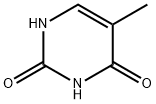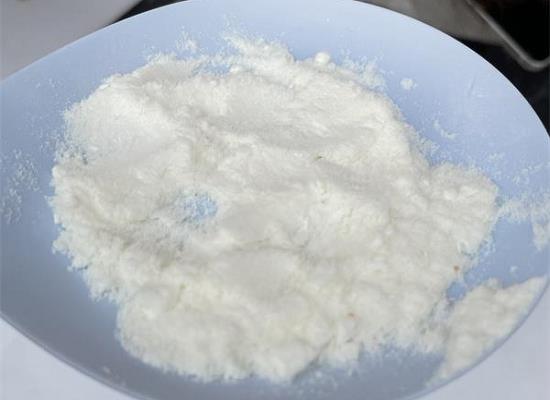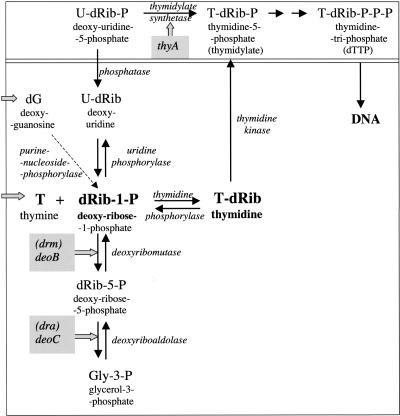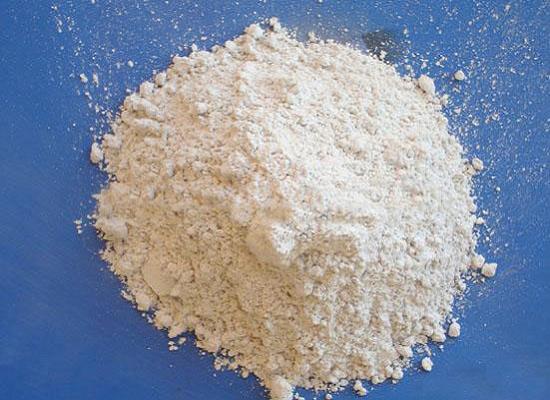A nucleotide base-Thymine
Description
Thymine (T) is one of the four nucleotide bases in DNA, with the other three being adenine (A), cytosine (C), and guanine (G). Within a double-stranded DNA molecule, thymine bases on one strand pair with adenine bases on the opposite strand. The sequence of the four nucleotide bases encodes DNA's information.
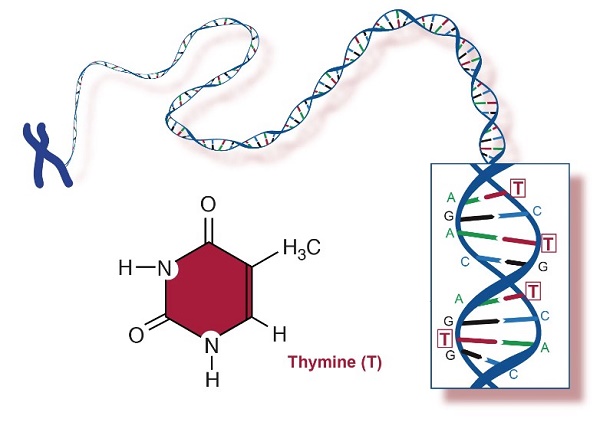
Discovery
Thymine (C5H6N2O2) is one of the primary nucleobases that are part of the genetic code in the DNA of all terrestrial organisms. It has been found in meteorites that landed on Earth, such as the Murchison, Murray, and Orgueil. In the early 1960s, thymines in solution and later in DNA were shown to be a relevant cellular target for UV radiation. Huang et al. irradiated nucleobases with 30 keV Ar+ to compare the radioresistance of guanine (G), thymine (T), cytosine (C), and adenine (A)[1]. They reported that the order of radioresistance is G > T > C > A, with guanine being the most resistant nucleobase.
Fonction
Thymine helps stabilize nucleic acid structures. DNA comprises two strands that twist upon each other to form a double helix. This double helix is held together by hydrogen bonds formed between nucleobases oriented in opposite strands. Adenine forms 2 hydrogen bonds with thymine.
Mechanism of action
Researchers have found that thymine potentiated ciprofloxacin killing against both sensitive and resistant E. coli in a growth phase-independent manner. Similar promotion effects were observed for other bactericidal antibiotics, including ampicillin and kanamycin, in the fight against four Gram-negative bacteria. The mechanisms underlying this finding were that exogenous thymine could upregulate bacterial metabolism, including increased TCA cycle and respiration, thereby promoting the production of ATP and ROS. Subsequently, metabolically inactive bacteria were converted to active bacteria and restored their susceptibility to antibiotic killing. In the Galleria mellonella infection model, thymine effectively improved ciprofloxacin activity against E. coli. Hence, thymine potentiates bactericidal antibiotic activity against Gram-negative pathogens by activating bacterial metabolism, providing a universal strategy to overcome Gram-negative pathogens[2].
References
[1] C. Mejía . “Swift heavy ion irradiation of thymine at cryogenic temperature.” Nuclear Instruments & Methods in Physics Research Section B-beam Interactions With Materials and Atoms 534 (2023): Pages 11-15.
[2] Yuan Liu. “Thymine Sensitizes Gram-Negative Pathogens to Antibiotic Killing.” Frontiers in Microbiology (2021): 622798.
You may like
Related articles And Qustion
See also
Lastest Price from Thymine manufacturers

US $0.00/kg2025-08-26
- CAS:
- 65-71-4
- Min. Order:
- 1kg
- Purity:
- 99%min
- Supply Ability:
- 20tons
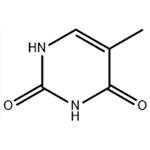
US $0.00-0.00/Kg2025-04-21
- CAS:
- 65-71-4
- Min. Order:
- 1Kg
- Purity:
- 98%
- Supply Ability:
- 20Ton
